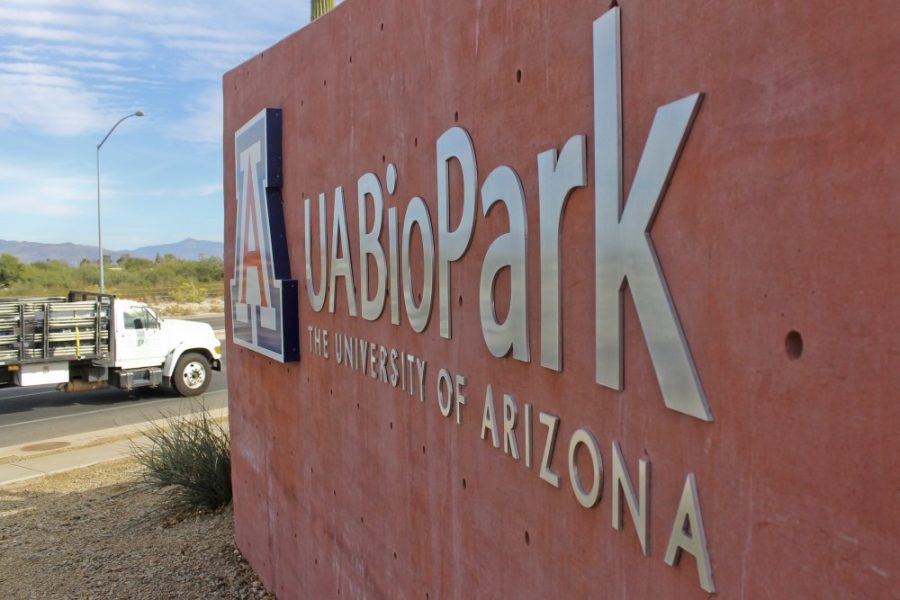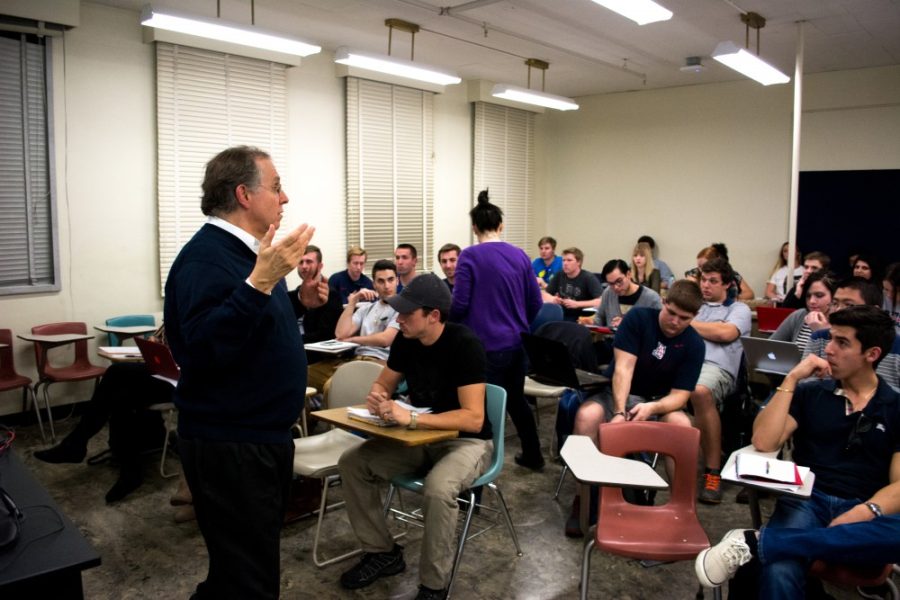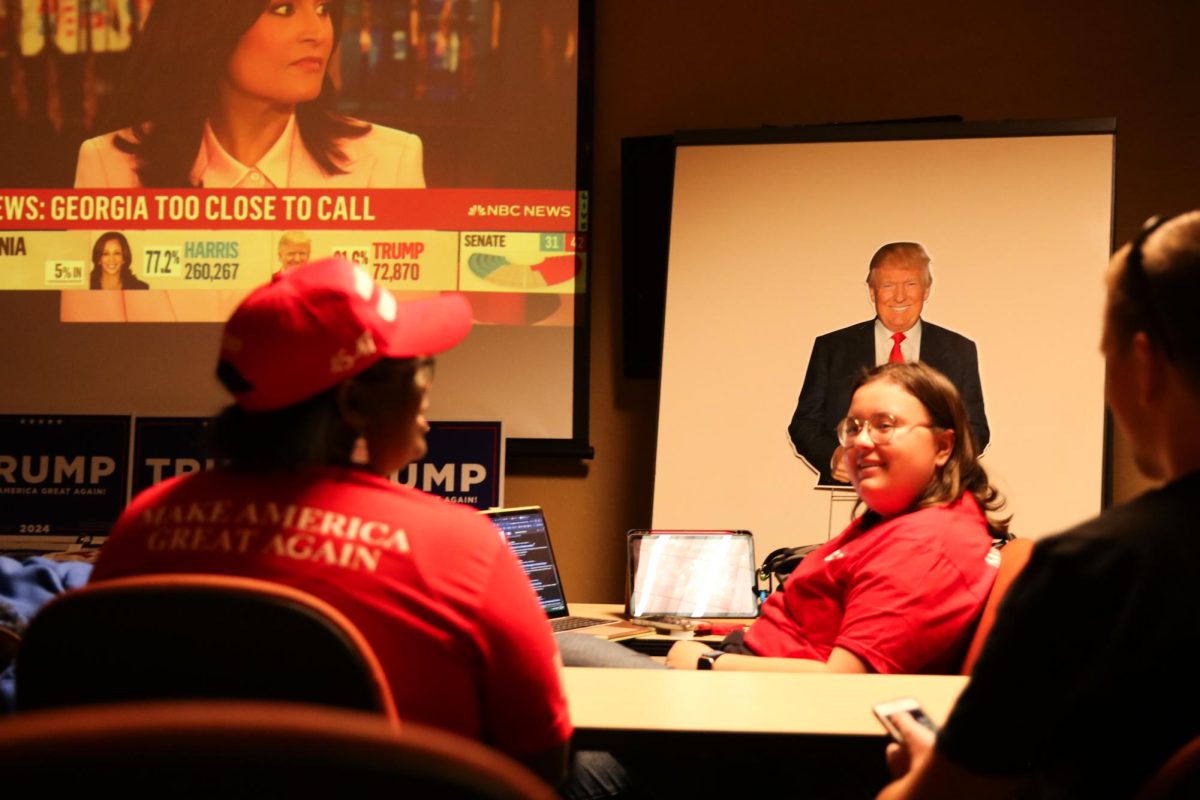Following its official dedication last week, the UA BioPark aims to solidify the bioscience industry in Southern Arizona and increase jobs in the region.
The purpose of the new BioPark is to create a second research park closer to the main campus. Plans for the park include laboratories and offices to house biotech companies, a technology high school, a hotel, a conference center, and student and faculty housing.
President of the Southern Arizona Leadership Council Ron Shoopman explained that the Flinn Foundation in Phoenix created the program to grow the bioscience industry in Arizona. The foundation created roadmaps that outlined the necessary steps to build the industry, create jobs for the region and improve Arizonans’ quality of life.
“Having facilities available and ready to be turned into new projects in a reasonably short amount of time is an enormous advantage for southern Arizona,” he said.
According to a study by the U.S. Department of Commerce, 60 percent of the jobs that bioscience parks offer are to people with a bachelor’s degree.
The BioPark’s conception began with securing land for the project. Since the UA campus is landlocked, outside land was needed, said Bruce Wright, the park’s chief operating officer and associate vice president of economic development. A land exchange with the UA TechPark was made in order to achieve the 65-acre plot at the intersection of 36th Street and Kino Parkway, Wright said.
The second phase consisted of collaboration with the developmental partners for the city of Tucson’s approval of the land use plan.
The last stage was securing a federal grant through a stimulus plan to design and construct the park’s basic infrastructure.
The park was dedicated last week, after all three phases had been completed.
Wright added that the UA looked at different bioscience parks around the world to decide what the key components should be in the park’s design, and finally decided on a “Live, Learn, Work, and Play” concept.
For the park, the UA is looking for biosciences and high technology companies that would commercialize university discoveries or inventions.
Though no companies have signed on to the project yet, the UA hopes to have some on board within the next six months, he said.
Wright added that the UA is working closely with the Bioscience Leadership Council of Southern Arizona, which represents more than 100 companies in the Tucson area, as well as city, county and regional officials to make sure the park is in good standing with them.
The UA has also been working with the neighborhoods surrounding the park, Wright said.
“They’re very excited about the park,” Wright said. “They see job opportunities for their children and grandchildren. But they also see the park as a real boost to development in their area of town.”









